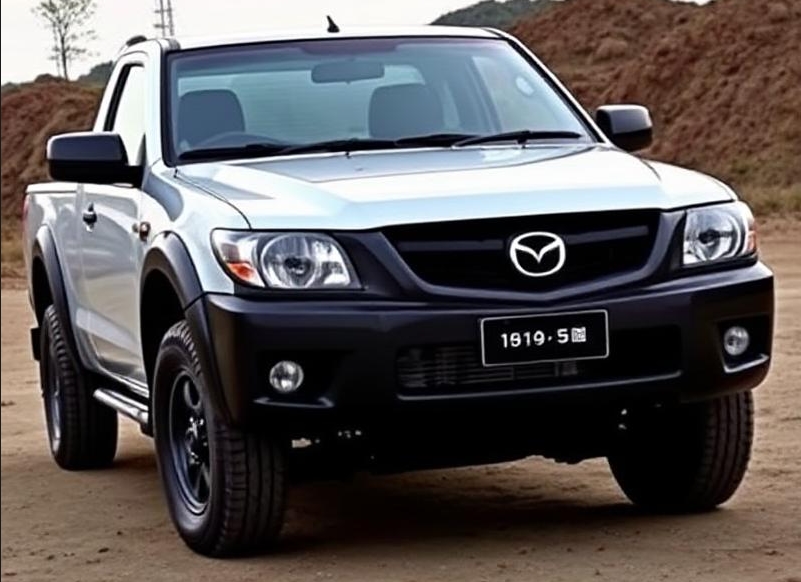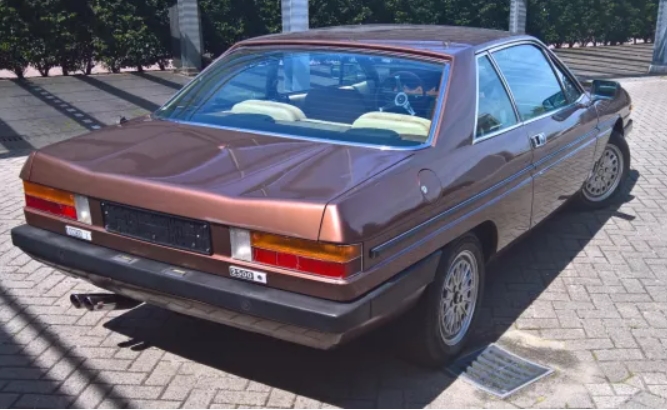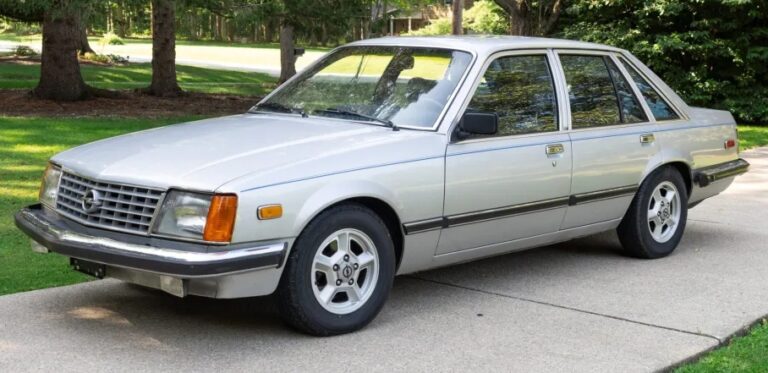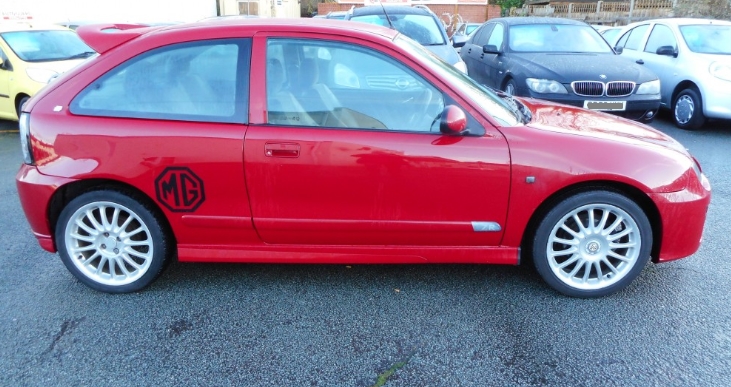The Evolution of the Mazda B-Series Pickup Truck (B-1500 B-1600 B-2000 B-2200 B-2300 B-2600 B-3000 B-4000)
The Mazda B-Series Pickup Truck has held a distinctive space in the automotive landscape since its inception in the late 1960s. Developed initially as a compact truck, the B-Series witnessed several changes over its long production run, adapting to market needs and consumer preferences. This article will explore the evolution of the Mazda B-Series, its various models and trim levels, and its impact on both Mazda and the pickup truck segment.
Origins and First Generation (1961–1976)
The Mazda B-Series began life in the early 1960s, with its first model appearing in 1961 as the Mazda B-1500. This model laid the foundation for what would become Mazda’s enduring reputation in the compact pickup segment.
Mazda B-1500 (1961-1966)
The B-1500 was a lightweight pickup that featured a 1.5-liter engine and had a simple design aimed at utility. Its modest size made it easy to maneuver in urban settings, appealing to small businesses and personal use alike.
Mazda B-1600 (1966-1972)
In 1966, the B-1500 evolved into the B-1600, featuring a larger 1.6-liter engine that provided better performance. The B-1600 was popular for its reliability and efficiency, making it an excellent option as a workhorse vehicle.
Mazda B-2000 (1972-1976)
The B-2000 succeeded the B-1600, introducing a 2.0-liter engine. It offered enhanced power, expanding the range of capabilities for owners. At this time, the model lineup began to offer various trims, including basic work trims and more comfortable options aimed at lifestyle buyers.
Second Generation (1976–1985)
The second generation of the B-Series began in 1976 and continued until 1985. This generation is notable for the collaboration with Ford, as Mazda supplied compact pickups to be rebadged and sold under Ford’s name.
Mazda B-Series 1976-1985
Various models were produced during this time, including B-2000, B-2200, and B-2600. A range of configurations was available, including standard, extended cab, and four-wheel-drive models. Key features included:
- B-2000: Utilized a 2.0-liter engine.
- B-2200: Increased to a 2.2-liter engine for improved performance.
- B-2600: Featured a 2.6-liter engine in the early 1980s, along with advanced suspension options for improved ride quality.
Trim levels during this era included base models for budget-conscious consumers and higher trims offering features like air conditioning, upgraded interiors, and all-terrain capabilities.
Third Generation (1985–1993)
The third generation of the Mazda B-Series Pickup truck launched in 1985 and brought significant design and technological advancements.
Mazda B-Series 1985-1993
- First Major Redesign: The introduction of the B-Series saw more rounded body lines and a modernized look compared to its predecessors.
- Engine Options: The B-2200 remained popular but was complimented by a new B-2600i with a fuel-injected 2.6-liter engine.
- Trims and Versions: The models were categorized into various trims such as:
- B-2200: Offered a balance of power and economy.
- B-2600i: Focused on fuel efficiency and performance, aimed at more serious work applications.
Moreover, this iteration also saw the introduction of features such as a modernized dash layout, safety enhancements, and improved materials in the cabin.
.
MANY auto lovers not only spend time in their garages to tinker on their autos, but have other projects going on in there as well. Wood working is a popular pastime for the creative type of individual. Not sure what to make next? Or thinking about getting into this kind of hobby? There’s lots of possibilities… Here’s some of them…

.
Fourth Generation (1994–2000)
The fourth generation, stretching from 1994 to 2000, marked a shift toward offering a more comfortable ride, reflecting changing consumer preferences toward pickups.
Mazda B-Series 1994-2000
- B-Series 1994-1998: With sharper cuts and angles in its design, this generation offered a more aggressive stance. Engine choices included:
- B-2300: Featuring a 2.3-liter engine, a standard in the lineup.
- B-3000: Offering a 3.0-liter V6 for those requiring more power.
- Models: Trim levels varied, including the base, SE, and LE, with the SE and LE focusing on more luxury items such as leather seats, power accessories, and upgraded sound systems.
- Rebranding: In the mid-1990s, Mazda made a significant change; it started selling the B-Series under a slightly different branding and marketed it alongside the Ford Ranger.
End of Production and Legacy (2001–2009)
By the early 2000s, the market for compact pickups began to shrink as consumer preferences shifted towards larger vehicles. In 2001, the B-Series saw its last major update.
Mazda B-Series 2001-2009
- Final Redesign: The last design iterations brought a more muscular design and modern features to allure consumers.
- B-Series 2001-2007: Mazda continued to offer two primary models:
- B2300: With a 2.3-liter four-cylinder engine.
- B4000: A 4.0-liter V6 engine catered to those needing more power.
- Trim Levels: The last generation featured several trims, including:
- Base: Focused on utility.
- SX: Mid-level trim that added several conveniences.
- SE: The high-end offering packed with comfort options and capabilities.
Ultimately, production ended in 2009 as the automotive industry faced economic challenges and shifted heavily towards SUVs and larger pickup trucks.
Conclusion
The Mazda B-Series Pickup Truck has undergone substantial evolution since its introduction in 1961. From its early days as a simple, compact utility vehicle to its final iterations boasting luxury features and impressive engine performance, the B-Series has continuously adapted to the needs of its users. Though discontinued, the legacy of the B-Series remains significant within Mazda’s history and the pickup truck segment. The B-Series set the stage for Mazda’s bold entry into the truck market, influencing compact pickups and establishing a reputation that extended beyond its production years. Its impact on both Mazda and its loyal customers solidifies its place in automotive history, creating a heritage that prevails well beyond the end of its production.







